USB CABLES
1. USB-A: It is most commonly used with computers or power outlets. When charging, you will connect the USB-A side into the USB plug or into a laptop or computer.
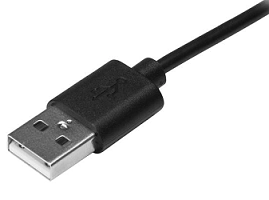
2. USB-B: It is ports are mostly used to connect printers or external hard drives with computers. They are not as common as the other types of USB cables.
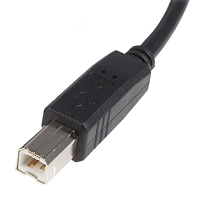
3. USB-Mini: It was used for connecting mobile devices including MP3 players and cameras, and is a much smaller connection, thus allowing smaller devices to connect.
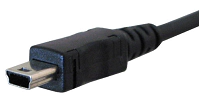
4. Micro-USB: It is used to be the most common USB port and is still found on many older models. This type of connection allows data to be read without needing a computer. For example, you can connect Flash Drives, or Memory Sticks, directly to your mobile device.
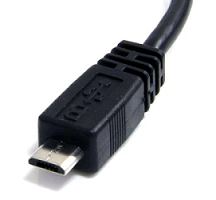
5. USB-C: It is the most recent USB development and all new Samsung devices come with USB-C ports. USB-C cables allow high-speed data transfers and a higher power flow, allowing your phone to charge more quickly. USB-C cables are also reversible and can be plugged in either way round.
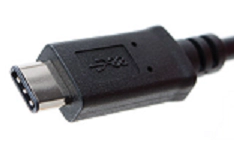
6. USB 3: It was designed to be able to be backwards compatible with earlier versions of USB cables and ports. The USB 3 has different shaped connector pins so it can withstand more frequent use. The USB 3-A and USB 3-B cables are identical to the USB-A and USB-B cables at the top of this article, except they are colored blue inside to distinguish them. The USB 3 micro cable has extra pins to enable the transference of more data.